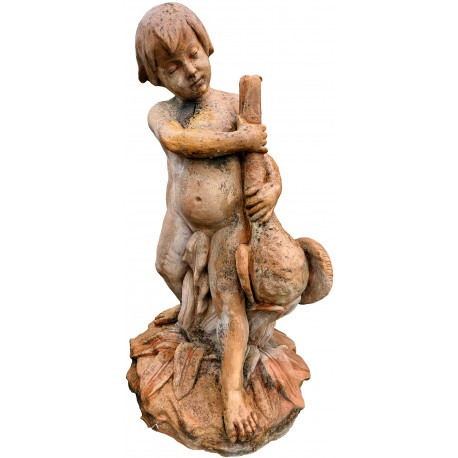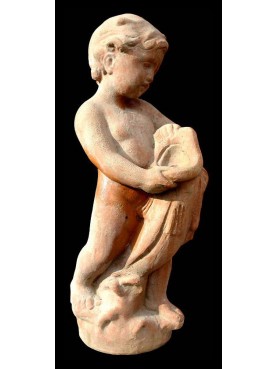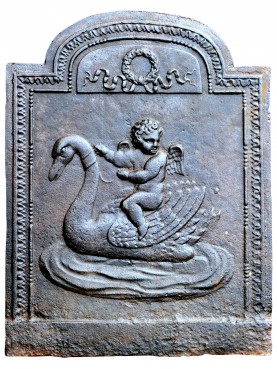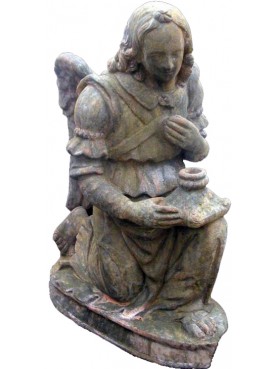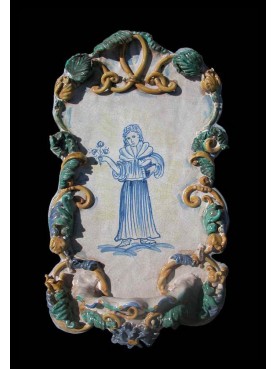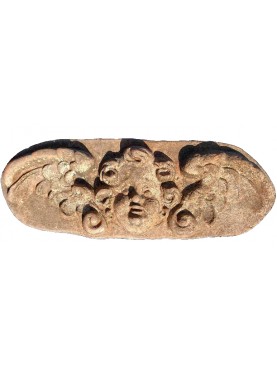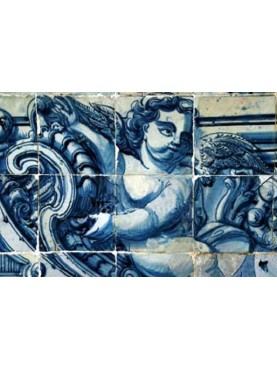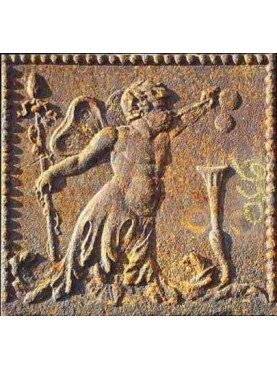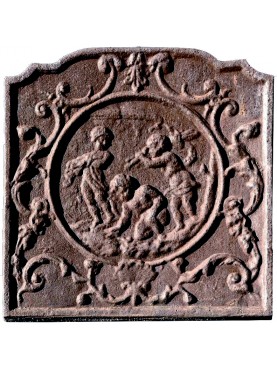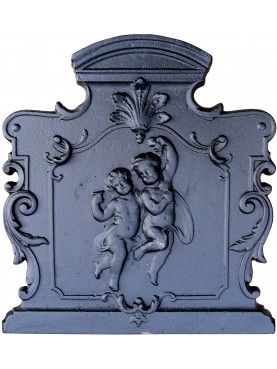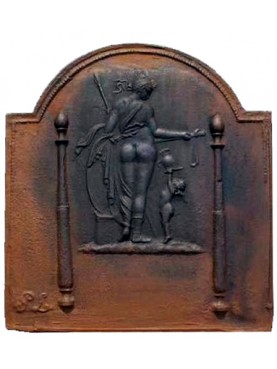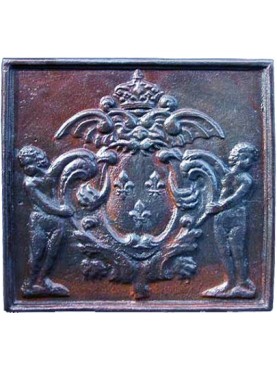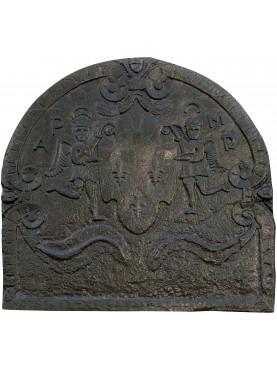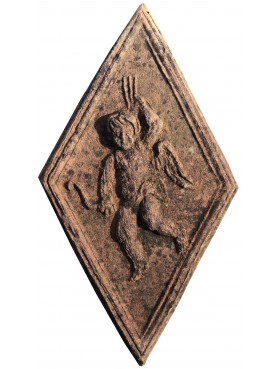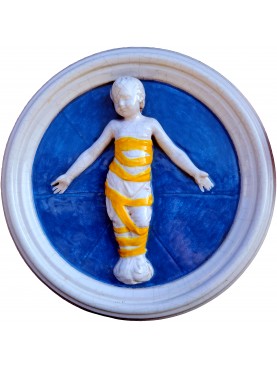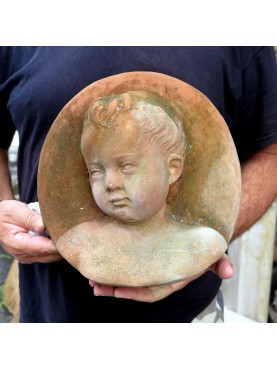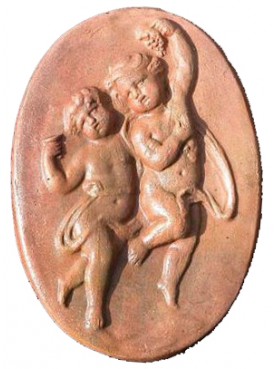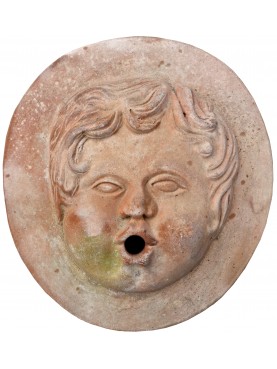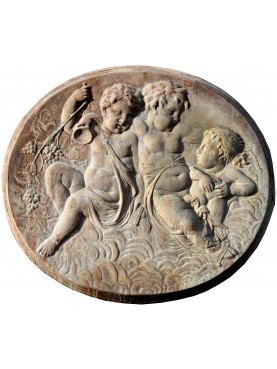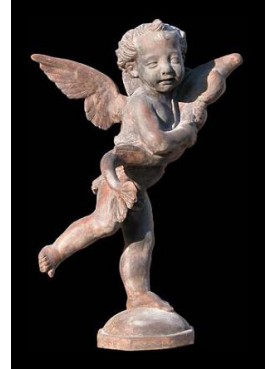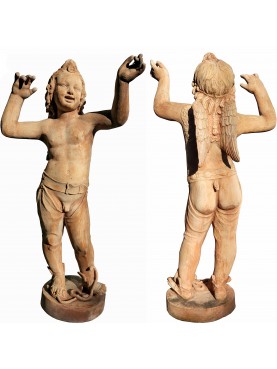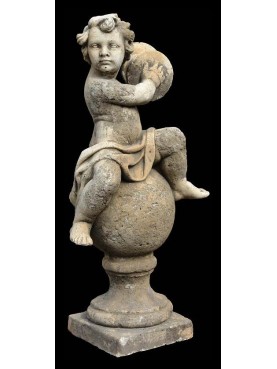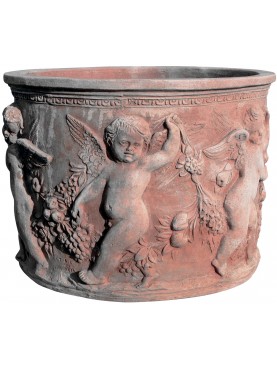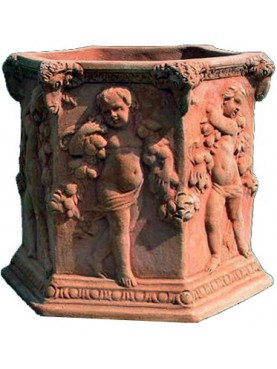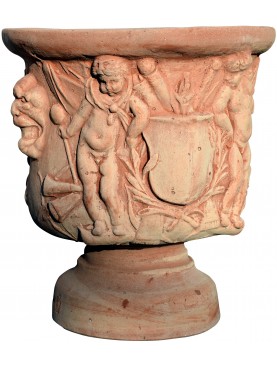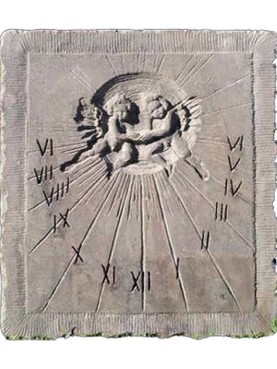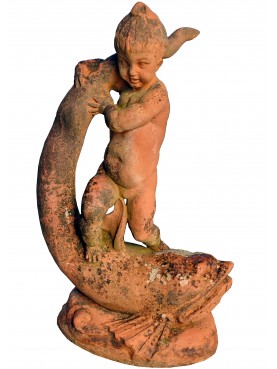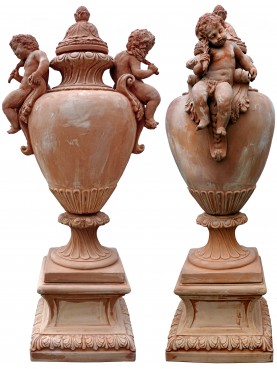Copy of the famous sculpture by Hellenistic sculptor Boethus
Copy of the famous sculpture by Hellenistic sculptor Boethus
14468
Original
The boy choking the goose, terracotta copy of the famous statue of Boethos (110-160 AD). Coated in a workmanlike manner with dimensions 1:1 made in Italy (Tuscany). On view at Palazzo Altemps: Boncompagni Ludovisi Collection (from the Cesi collection) Inv. 8565 bis in Marmo Lunense.
1 Available
Data sheet
| Height | 43.31 in | 110 cm |
| Width | 25.59 in | 65 cm |
| Depth | 21.65 in | 55 cm |
| Weight | 41.89 lbs | 19 Kg |
| Artist / Creator / Architect | Boethos (110-160 a.C.) | |
| Round base diameter Ø | about 60 | about 60 cm |
| Where the original is kept | Museo Nazionale Romano - Palazzo Altemps | |
| Historical period | Roman age replica of a bronze from 180 BC. | |
| Manufacturing | Made in Italy Tuscany | |
| Material | Terracotta | |
| Museum cataloging number | Inv. 8565 bis | |
| Note 01 | from the Boncompagni Ludovisi collection |
More info
BOETHUS OF CALCEDONIA
Greek sculptor (Chalcedon, early 2nd century BC). He is known for the bronze group Child Choking the Goose (known through various marble replicas, including one in Rome, at the Capitoline Museums), a typical Hellenistic work due to the lively naturalism of the scene. The signature of a Boet of Chalcedon also appears on an archaistic bronze herm depicting Dionysus, found in Mahdia in Tunisia (Tunis, Bardo Museum).
THE CHILD WHO CHOKES THE GOOSE
The child is depicted completely unbalanced in the effort of the moment: the left leg advanced, the right back to balance the displacement of the center of gravity; the torso is rotated to the left, the side on which the goose rests, which is tightened around the neck by a vigorous grip of the right hand.
It is a copy of the Middle Imperial age (110-160 AD) of a famous original from the Hellenistic period, attributed to the sculptor Boethos of Chalcedon, known to us thanks to a passage by Pliny who wrote: "Boethos, very well made a child, who strangles a goose ".
The composition of the sculpture develops in a pyramid structure. The child is shown standing, with the legs spread apart to maintain stability. His torso is arched backwards, to make the effort used by the arms, wrapped around the long neck of the goose, which he clasps on his left shoulder, more effective. The goose's body is immobilized, tight in the baby's grip.
Strong is the contrast produced by the child's appearance, plump and with well-ordered hair, and the violence of the act of suffocating the animal. The expression on the face and the look of the child betray a certain cynicism that contradicts the natural innocence of a child. The goose is described according to a careful naturalistic study, with feathers of various types, sizes and thicknesses, with the legs and beak described in the manual.
The treated theme follows the typical attitude of this historical-artistic period, the Hellenistic age: interest in every aspect of life, even the most banal, the most everyday, even the unpleasant or not very spiritual ones; the "genre" was born in artistic production, sculptors seem more interested in creating landscapes obtained in relief on polychrome marble slabs or portraying drunken old women, rather than seeking the purity of absolute form.
Sculptor Boethos: he was an ancient Greek sculptor of the Hellenistic period.
He was the author of the bronze group Child Choking the Goose, of which there are numerous copies in marble, the best of which are preserved in the Louvre in Paris, in Munich and in Rome at the Capitoline Museums.
The statue of the Seleucid king Antiochus IV Epiphanes is also attributed to him.

